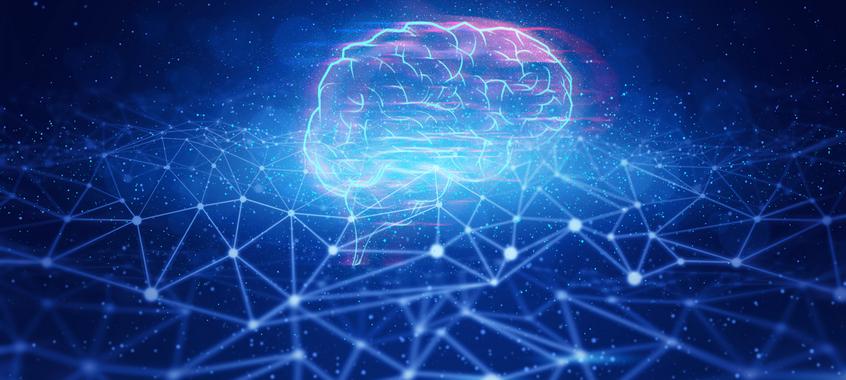You’ve certainly heard the buzz going around about Artificial Intelligence, or AI. In its simplest form, AI is an automated program of processes that can complete complex tasks without human intervention. However, a human had to build the initial source of information and give the AI model an index of reference points to understand human communication in plain language. Think of code as an instruction manual for a computer to understand how to operate. Computers and other hardware don’t inherently understand what they need to do until they are told. They can’t complete any task without the explicit direction from a user.
This is where AI begins to differ. Unlike traditional computing, AI is programmed with some latitude in decision-making, allowing it to make predictions and choose preferred outcomes. When a user understands how to properly phrase a question or task, AI can use its training to determine the best way to respond. But that doesn't guarantee accuracy. In fact, when the information an AI model produces is off base, it's often due to how the request was framed. If you ask AI to summarize a book, the model must already “know” the book and its content. Similarly, vague or overly broad requests may result in incorrect or irrelevant responses because the model lacks the context or constraints to give an accurate answer.
Artificial Intelligence is only as capable as the user who employs it. That doesn’t mean AI can’t offer complex solutions beyond the user’s ability to generate on their own. But to unlock its full potential, the instructions must be clear and specific. It’s similar to searching online—if you know what you’re looking for and how to phrase it, the results are far more useful. AI won’t guess what you mean or read between the lines. Clarity and intent are key.
To get the best results from AI, start by identifying the problem you want it to solve. From there, determine the desired outcome and how you want that information to be delivered. For example, if you want to create an out-of-office email, you could ask: “Write an out-of-office reply from (date) to (date) with emergency contact information.” Once the model provides a draft, you can refine your instructions, like asking it to “include a secondary contact for urgent issues.” The more specific your guidance, the better the response—especially for complex or nuanced tasks.
A deeper layer of AI’s power comes from Machine Learning (ML), which allows systems to improve themselves over time through feedback and repeated use. These models are designed to learn from interaction and adapt quickly—much faster than a human could. Where a person may need multiple tries and practice to master a task, an AI model can improve in seconds. It begins to learn your preferences, communication style, and typical outcomes.
This kind of learning is similar to what happens behind targeted advertising. If you talk about a product or search for something online, and then suddenly see ads for it everywhere—that's no coincidence. Systems are constantly collecting and analyzing your data to build a profile that helps predict your interests. Machine learning works in a similar way: constantly gathering signals, recognizing patterns, and refining responses to better match your behavior. It’s the same technology that allows advanced robotics, like those from Boston Dynamics, to learn physical movements such as backflips with astonishing speed and precision.
AI and machine learning are powerful tools, but they are most effective when used thoughtfully. With clear intent, specific input, and a basic understanding of how the technology works, you can unlock AI’s full potential and get results that are both efficient and meaningful.
